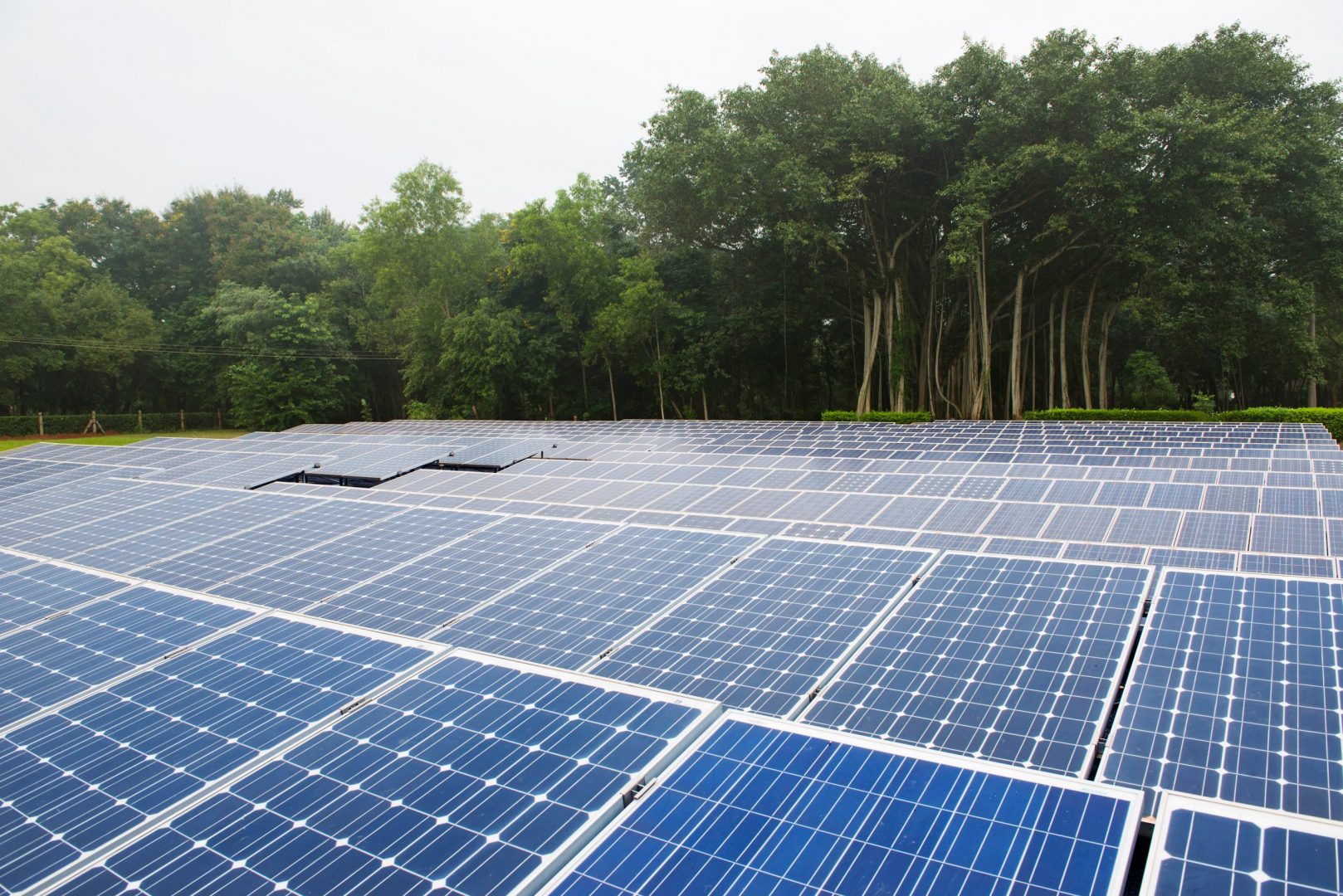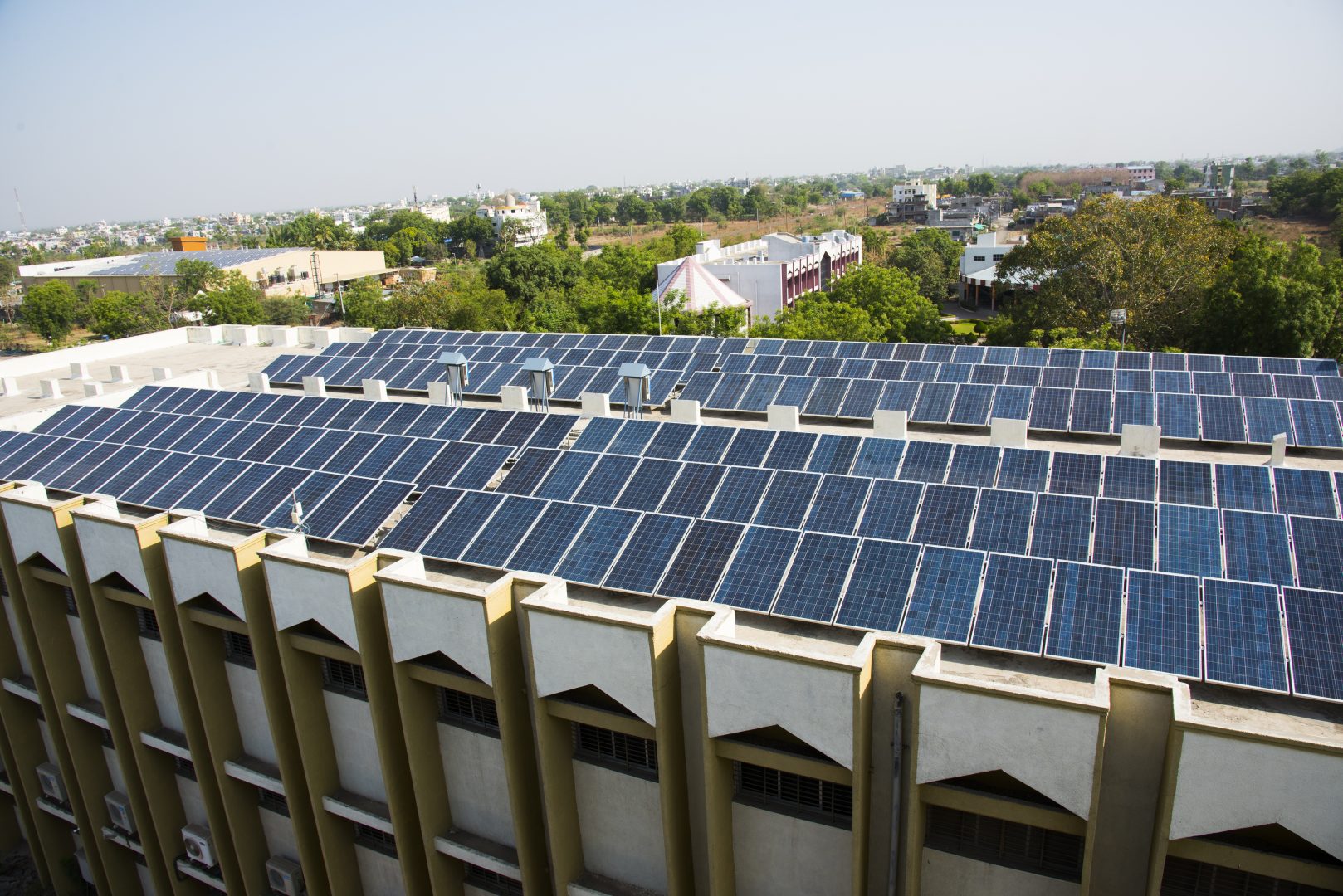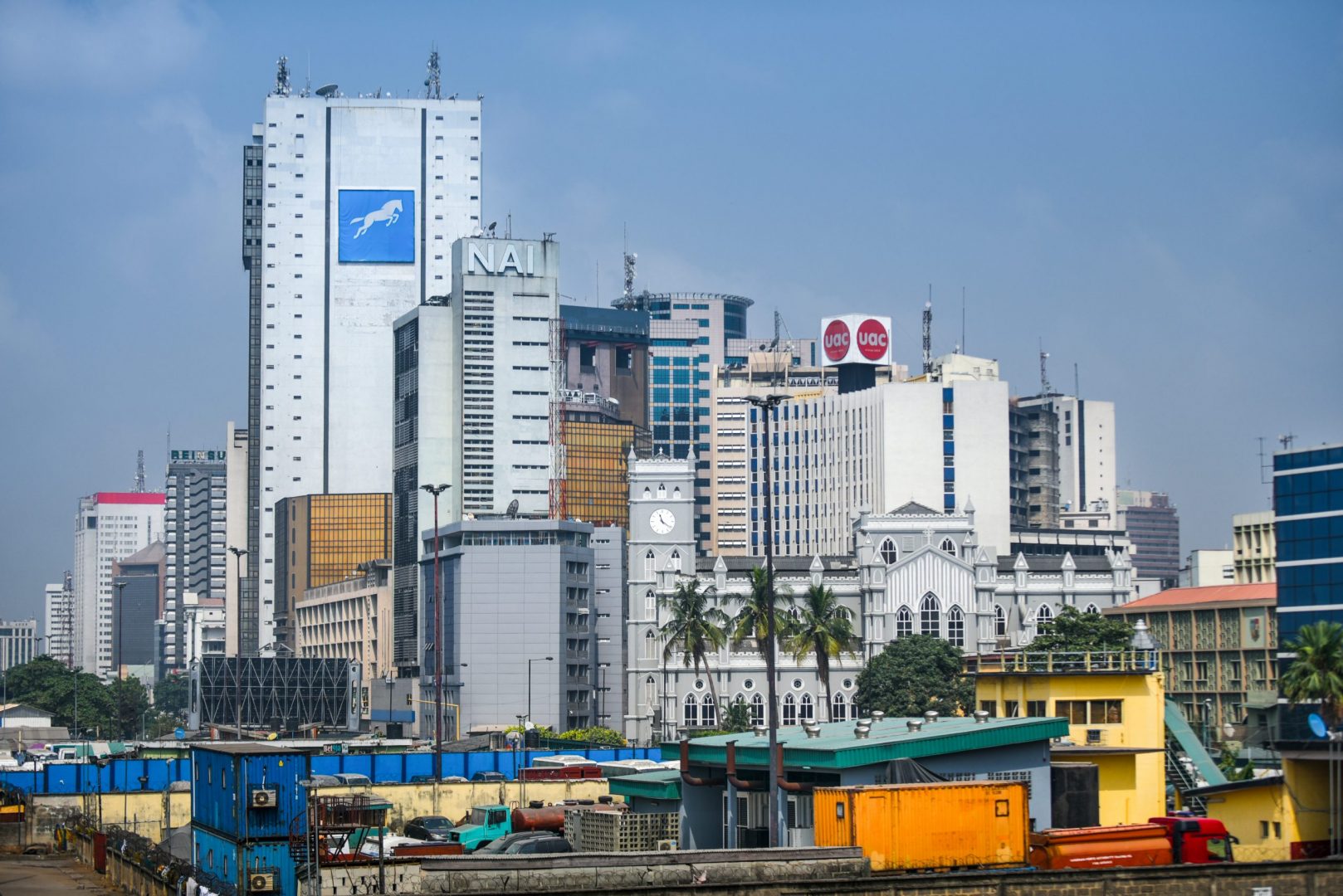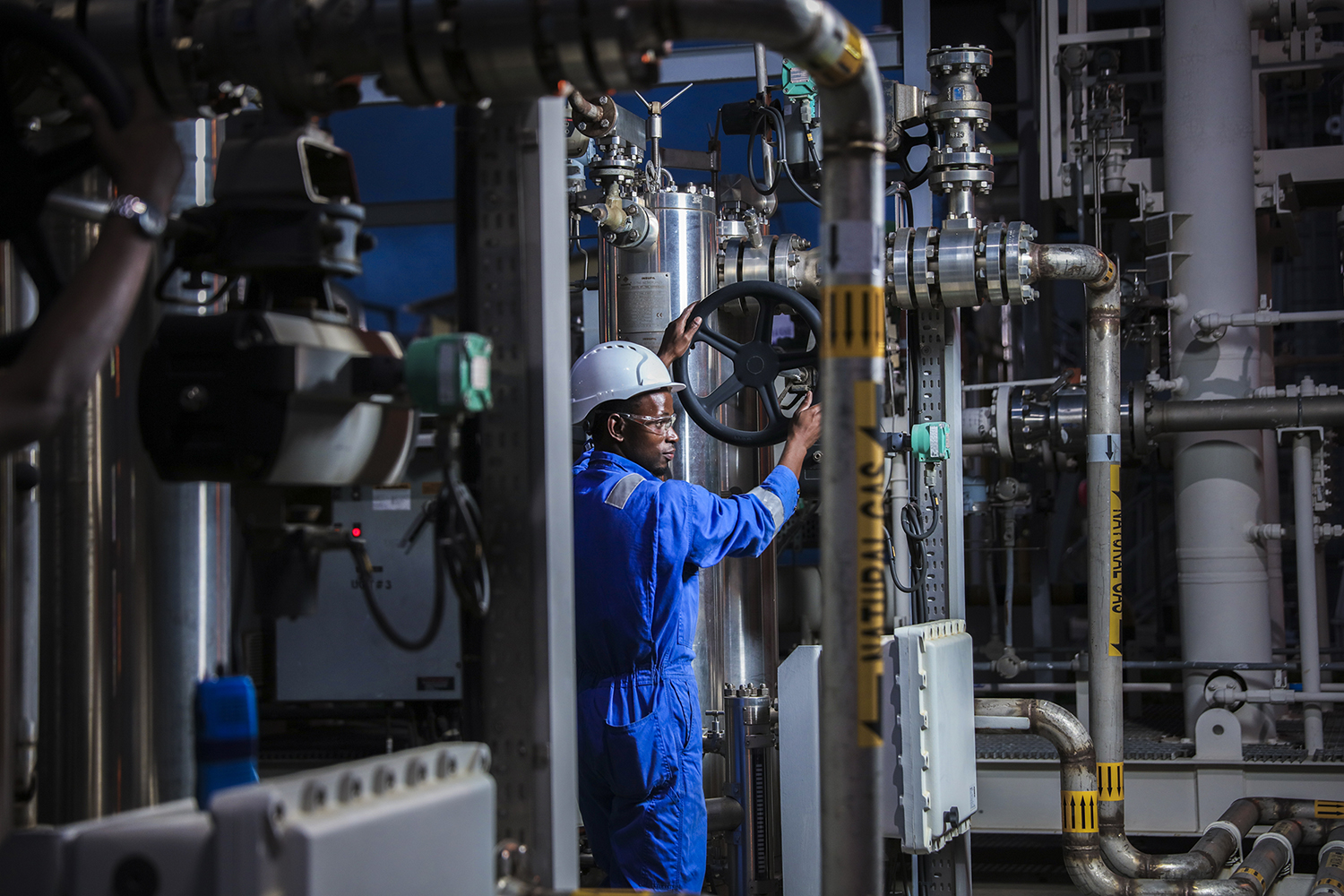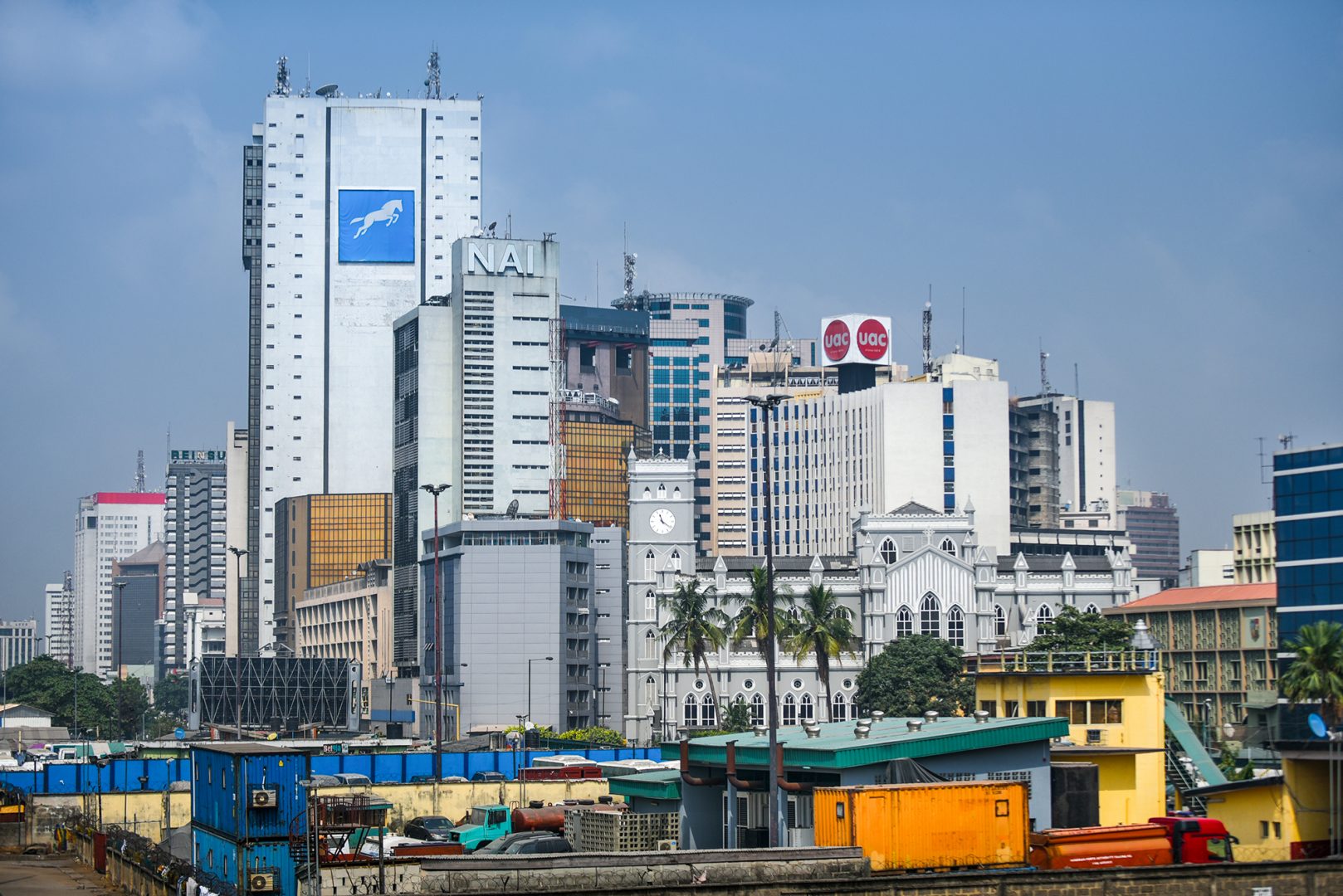The landscape
Click here to read Investing for Impact in India in full
The Indian market today looks notably different from when we first started investing there in the late 1980s. In recent decades, rapid economic development has helped lift hundreds of millions of Indians out of poverty as the size and structure of the economy has changed. The country’s integration into the global economy has led to a surge in foreign direct investment and trade, and dynamic new, globally competitive sectors such as information technology services have emerged.
The result has been a major shift in the living standards of many Indians and the work they do. The population has urbanised and moved out of agriculture. Productivity has improved, gross domestic product (GDP) per person has quadrupled and 300 million fewer people are living in extreme poverty. Maternal mortality is down, child malnutrition has halved, and literacy has increased.
We’ve been a long-standing and committed partner supporting economic development in India. We’ve invested more in India than any other country, and our current portfolio is valued at $2.2 billion. Past investments include supporting the emergence of the IT sector in the late 1990s and early 2000s. The sector now represents over half of the global outsourcing market as well as 7.4 per cent of India’s GDP and more than five million jobs.
$2.2 bn
value of our portfolio in India.
As a long-term partner to India, we hope our investments have contributed towards the successful outcomes that have transformed millions of lives. But as we look forward, this progress also requires that we re-evaluate our ongoing role in helping India to achieve its development objectives.
Despite remarkable economic and social change, India is still falling short of achieving the United Nations Sustainable Development Goals (SDGs). Only two of the 17 goals are on track and “major challenges remain” for 11 of them. There were an estimated 137 million people in extreme poverty before the pandemic, and as many as 56 million more were pushed into poverty due to the impacts of COVID-19.
137m
people were living in extreme poverty in India before the COVID-19 pandemic.
What role can development finance play in India?
That context means that continued headway towards better living standards for all requires an increasingly productive, sustainable and inclusive economy, and development finance will continue to play an important role in delivering this.
Because the size of structure of India’s economy has changed – and the nature and depth of poverty has changed with it – we have adjusted our strategy to ensure we’re relevant to the current context and maximising our impact.
This means that our investment approach in India focuses on sectors, geographies and people where financial gaps are impeding development and requirements are going unmet.
To give some examples, in recent years, we’ve backed businesses that use innovative technologies to help farmers increase incomes and climate resilience; businesses that helped keep food supply chains operating during COVID-19 lockdowns; and financial institutions that enable access to finance for millions of otherwise excluded micro, small and medium enterprise (MSMEs).
A strategic focus on jobs
One of the greatest areas of need in India is for millions of good jobs.
This matters for poverty reduction – because labour income is the most important contributor to changes in poverty. Yet in India as at 2021, 70 per cent of workers were in ‘vulnerable’ employment – their jobs characterised by inadequate earnings, low productivity and difficult conditions of work that undermine fundamental rights.
That’s why the heart of our strategic focus in India has been to create millions of good jobs.
In 2021 our portfolio companies directly employed around 522,000 workers. The average annual growth rate of BII-supported jobs over the last five years has been over 7 per cent, compared to only 1 per cent growth in employee jobs in India as a whole.
We have also helped support jobs indirectly, including an estimated 944,000 in supply chains through local purchasing of inputs, 877,000 through increased consumption via workers’ wages, 133,000 through increased power access and 1.9 million through increased bank lending. Most of these indirect jobs are likely to benefit those in the informal economy, typically where the poorest people work.
522,000
workers are employed by companies we invest in.
A focus on productive, sustainable and inclusive development
Our 2022-2026 strategy commits us to investing in three objectives that respond to the opportunities and challenges we see in the countries we serve.
First to invest in productive development, by raising the productivity of an economy so it can support a decent standard of living for all. Second to invest in sustainable development, helping transform the economy to reduce emissions, protect the environment and adapt to the changing climate. And third, to invest in inclusive development, sharing the benefits of higher productivity and greater sustainability with poor and marginalised sections of society.
We believe these strategic objectives strongly resonate in a rapidly changing India.
In terms of productive investments in India – this includes investing in businesses that create jobs and increase incomes in the areas where it is most needed; as well as fill gaps in access to capital so that businesses can expand and improve their productivity.
One example is Veritas Finance, which is providing small loans in India to SMEs. These businesses are seen as the ‘missing middle’ of financial markets, as they are often too large to be served by microfinance institutions and too small for commercial banks, falling into a ‘missing middle’. Veritas’ customers are typically SMEs run by families or individuals from low- and middle-income households. Since we invested, the company has grown from providing finance for 12,000 customers in three states, to more than 51,000 customers in nine states.
In terms of sustainability, we know that a quarter of India’s population is exposed to pollution levels not seen in any other country, and residents of Delhi stand to lose 13 years of life expectancy with pollution at current levels. India has set the ambitious target of 500 gigawatts of renewable energy capacity by 2030, yet green financing flows are falling well short of estimated requirements. That’s why we’ve been focused on how we can offer the financing that others aren’t as well as how we can help mobilise capital.
One example is Ayana Renewable Power, an independent solar and wind generation company that we established in 2018. It supports the development of utility-scale renewable power, particularly in areas which suffer from a greater power deficit and are more dependent on coal. With Ayana, we created a platform that would otherwise not have existed, which then attracted domestic and international equity to secure the long-term future of the company and its contribution to India’s renewable energy targets.
Finally, we know that in India, there are high levels of poverty in certain geographies and among certain groups – economic growth has not reduced poverty as much in India as in other countries. We also know that there are high levels of gender inequality in economic opportunities. For example, the contribution of women to India’s GDP is 18 per cent, one of the lowest in the world; and female labour force participation rates are well below both global and low- and middle-income country averages, and have been falling since 2005.
This means that our investment approach is focused on maximising the representation of these groups as employees, suppliers and customers to our investee companies.
iMerit is an example of one of our investments with this inclusive aim. The company was founded in 2012 with the vision of bringing a diverse talent pool from underserved backgrounds into the digital workforce. Our investment in iMerit helped to create jobs through business expansion and consistent wage increases, underlining our commitment to backing companies that are creating skilled jobs, particularly for women. 80 per cent of iMerit’s 5,000 employees are from under-resourced communities and over half are women.
Read our new Insight report – Investing for Impact in India – to hear more about the development impact we have had in the country, and how we’re adjusting our strategy to meet current development needs.
